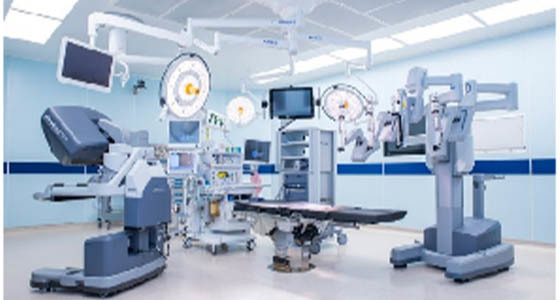 Esperanto
Esperanto
 Shqiptare
Shqiptare
 Euskara
Euskara
 Zulu
Zulu
 Latinus
Latinus
 Cymraeg
Cymraeg
 தமிழ்
தமிழ்
 Slovak
Slovak
 Slovak
Slovak
 Afrikaans
Afrikaans
Welcome to Marigold Rapid Blog Page!
We share information and knowledge we have hard earned from our many years of experience in the rapid prototyping and custom manufacturing industry. We hope these articles can help you to optimize your product design and better understand the world of rapid prototyping CNC machining, injection molding, sheet metal fabrication and die casting manufacturing.
19
2025
-
05
Can Machined Parts for Dental Instruments Really Determine Whether Treatment Is Accurate and Safe
More importantly, these machined parts for dental instruments must meet medical-grade material standards and have good corrosion resistance, cleanliness, and biocompatibility
When we sit in the dentist's chair and face those seemingly small medical instruments, few people pay attention to the engineering technology hidden behind them. In fact, the machined parts for dental instruments used are the core elements to ensure the accuracy, safety, and efficiency of dental instrument treatment. These micro-metal parts need to achieve high-speed rotation, precise positioning, and extremely high stability in a very small space, which is supported by modern precision machining technology.

Machined parts for dental instruments are usually completed by CNC machining, involving multiple processes such as multi-axis cutting, fine hole drilling, micro-edge chamfering, and surface finishing. Every dental drill, probe connection, or transmission shaft must meet extremely low dimensional tolerances to ensure that the instrument still maintains perfect performance under high-frequency operation. This high precision can not only improve the accuracy of treatment, but also reduce patient discomfort and shorten the operation time.
More importantly, these machined parts for dental instruments must meet medical-grade material standards and have good corrosion resistance, cleanliness, and biocompatibility. Manufacturers are constantly innovating in design and processing, not only pursuing structural optimization but also reducing bacterial residues through advanced coating or polishing technology. It can be said that seemingly "insignificant" dental instrument parts are the silent guarantee of modern oral medical safety and technological progress.
Key words:







